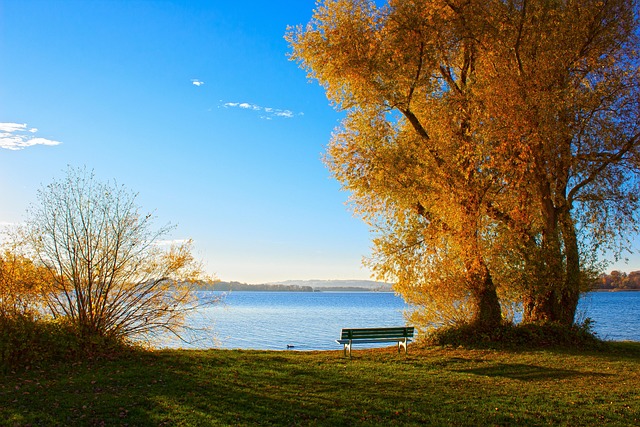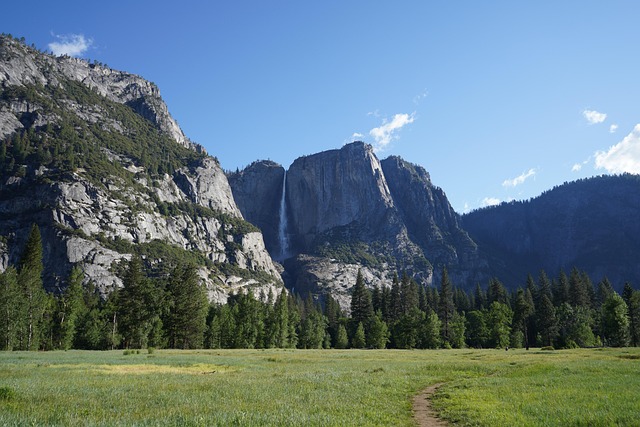Golf courses are valuable real estate assets, boosting nearby property values and community appeal. With a growing demand for outdoor leisure, these spaces integrate diverse activities, attracting buyers seeking nature-connected living. Modern amenities enhance local economies, making golf course properties desirable and strategic for developers, ensuring robust markets in both residential and commercial real estate sectors.
Golf courses and outdoor leisure amenities are transforming real estate landscapes, boosting property values and attracting buyers. In today’s market, these features aren’t just nice-to-haves; they’re essential. This article explores the multifaceted impact of golf courses and outdoor recreational spaces from a real estate perspective, delving into trends, opportunities, and strategies for developers and investors. Discover how these amenities enhance property allure, foster community engagement, and drive market demand.
Golf Courses: A Real Estate Perspective

Golf courses, beyond their primary function as recreational spaces, also hold significant value in the real estate market. These green oases often span vast acres, presenting a unique blend of natural beauty and carefully manicured landscapes. The development and maintenance of golf courses demand expertise in landscaping, soil management, and irrigation systems, all of which contribute to their overall appeal and longevity as desirable properties.
In many regions, prime golf course real estate commands premium prices due to its scarcity and the exclusivity it offers. Proximity to well-known courses can drive up property values, attracting investors and enthusiasts alike. Moreover, the integration of these courses into residential neighborhoods creates a sense of community and enhances the desirability of surrounding properties, thereby impacting local real estate trends.
Outdoor Leisure: Trends and Opportunities

The outdoor leisure industry is experiencing a renaissance, driven by a growing desire for connection with nature and a rise in wellness-focused activities. Golf courses, once considered exclusive amenities, are now seeing increased accessibility and integration within community real estate developments. This trend opens up opportunities for both established golf clubs and emerging leisure centers to diversify their offerings.
By incorporating outdoor activities like walking paths, scenic gardens, and recreational areas, developers can create vibrant, multi-purpose spaces that cater to a wide range of age groups and interests. This shift towards inclusive, nature-based experiences aligns with the evolving preferences of modern consumers seeking balance between urban living and outdoor exploration in their spare time.
Enhancing Property Value through Amenities

Golf courses and their associated leisure facilities can significantly enhance property values in nearby areas. In the real estate market, having access to high-quality amenities is a major selling point for potential buyers. The presence of a golf course offers not just recreational opportunities but also contributes to the overall appeal and desirability of a neighborhood. Properties with easy access to these facilities often command higher prices due to increased demand from sports enthusiasts and those seeking luxurious outdoor lifestyles.
Additionally, modern leisure amenities such as clubs, restaurants, and event spaces attract not only locals but also visitors, boosting the local economy and further elevating property values. The strategic integration of golf courses into real estate developments creates a unique selling proposition that sets these areas apart, ensuring a steady market for both residential and commercial properties.






